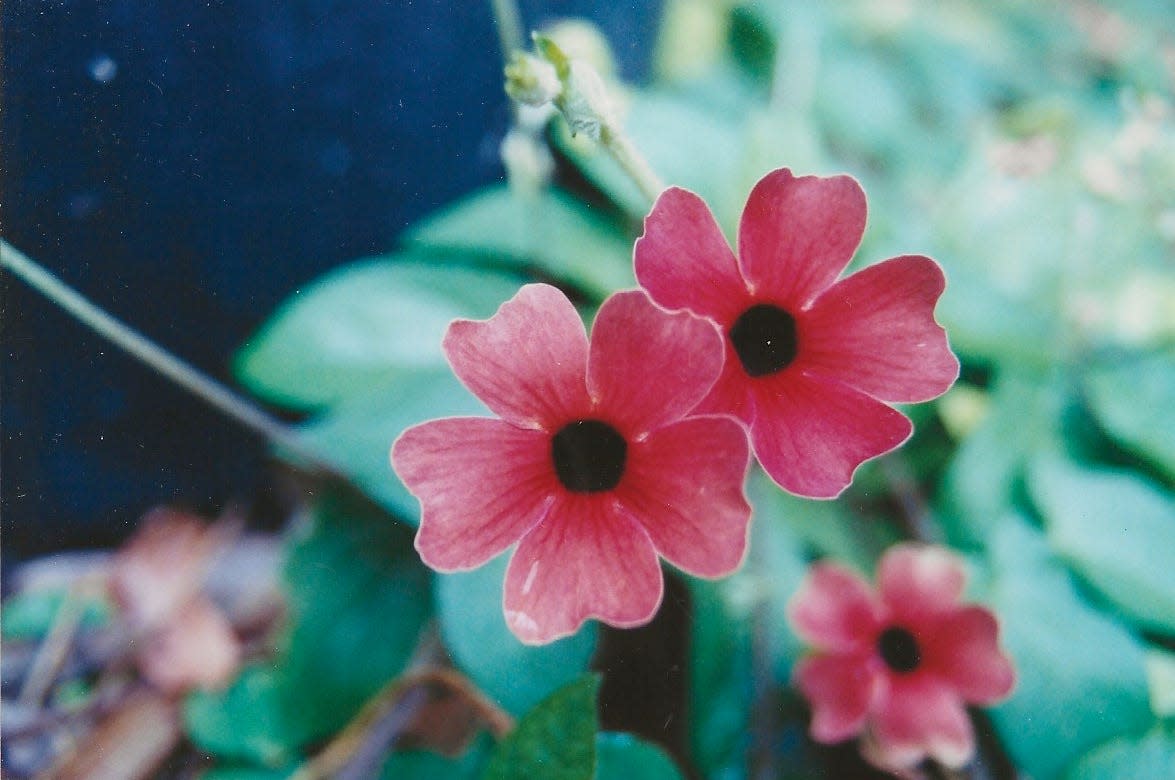CHARLES REYNOLDS: Fast-growing plants not always the best choice

The most common question I’m asked is ‘’What low-maintenance, fast-growing plants can you recommend?” But there are so many variables involved, I’m often uncertain how to respond. Usually — though not always — species with impressive growth rates are tropicals, while plants hailing from warm-temperate zones are slower.
For example, compare the fast-growing hibiscus, allamanda and ti plants with slower-paced East-Asian species such as Japanese boxwood, Indian hawthorn and sweet viburnum. There are marked differences between those trios: basically, gardeners going for ‘’fast’’ may be risking damage during cold winters and accepting — in many instances — the need for more frequent pruning. A notable exception to the general rule I just invoked is silverthorn, a hardy Asian shrub that grows at a gallop.
Indeed, a surprising number of fast-growing plants aren’t tropical: Some Florida natives boast remarkably speedy growth. Among trees, the native sycamore grows more rapidly than any landscape-worthy exotic tree I can think of. It’s a long-lived, wind-resistant shade tree that’s leafless from December to late March. Sycamores, however, are messy in winter, with large leaves and brown, inch-wide fruit that — depending on the tree’s placement — demand raking.
Among rapidly spreading groundcovers, the majority are frost-sensitive plants like purple queen, dwarf oyster plant and spider plant. But again, the fastest of all, when a tall groundcover is acceptable, is our native sword fern. Unfortunately, this fern — aka Boston fern — frequently enters ‘’darn weed’’ territory, spreading under neighboring hedges and shrubs via its vigorous rhizomes. Still, compared to most other hardy groundcovers, including mondo grass and dwarf confederate jessamine, sword fern is satisfyingly fast growing — though flax lily, from New Zealand, runs a close second.
Vines — whether exotic or native — are usually fast off the mark and continue that pace throughout their lives, sometimes causing homeowners to regret choosing them. But one old-fashioned, still-popular vine — confederate jessamine — is a bit different, requiring a year or more to become established before taking off and perfuming whole neighborhoods with its springtime blossoms.
If you’re interested in a full-speed-ahead vine that’s ever-blooming when winters are mild, consider black-eyed Susan vine (Thunbergia alata). This African species does need occasional management due to trailing stems that readily take root, but the flowers — red, yellow or orange — compensate for the extra work.
Charles Reynolds, a Winter Haven resident, has an associate’s degree in horticulture and is a member of Garden Writers Association of America. He can be reached at ballroom16@ aol.com
This article originally appeared on The Ledger: CLIPPINGS
